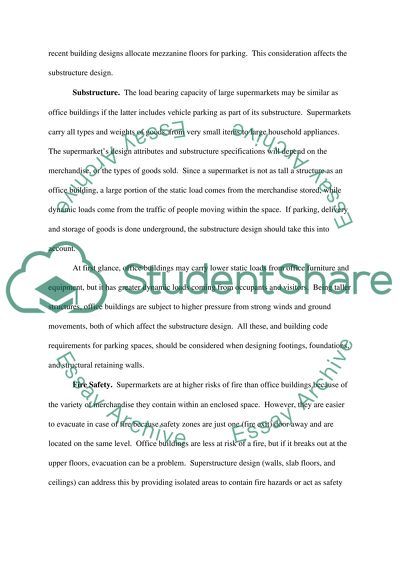Cite this document
(Differences between Office Building and Supermarket Building Essay, n.d.)
Differences between Office Building and Supermarket Building Essay. Retrieved from https://studentshare.org/architecture/1515153-construction-technology-essay
Differences between Office Building and Supermarket Building Essay. Retrieved from https://studentshare.org/architecture/1515153-construction-technology-essay
(Differences Between Office Building and Supermarket Building Essay)
Differences Between Office Building and Supermarket Building Essay. https://studentshare.org/architecture/1515153-construction-technology-essay.
Differences Between Office Building and Supermarket Building Essay. https://studentshare.org/architecture/1515153-construction-technology-essay.
“Differences Between Office Building and Supermarket Building Essay”, n.d. https://studentshare.org/architecture/1515153-construction-technology-essay.


